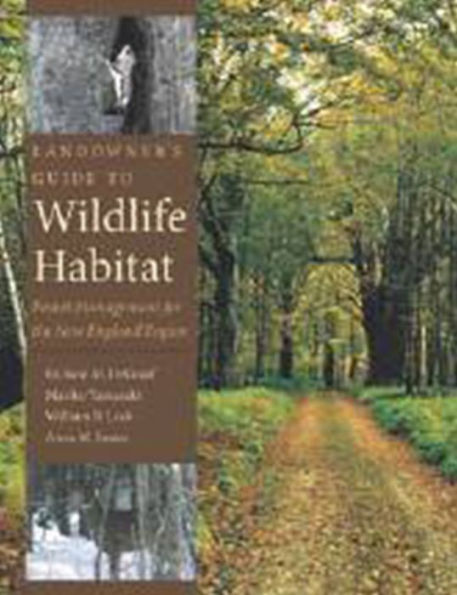5
1
9781584654674


Landowner's Guide to Wildlife Habitat: Forest Management for the New England Region available in Paperback

Landowner's Guide to Wildlife Habitat: Forest Management for the New England Region
- ISBN-10:
- 1584654678
- ISBN-13:
- 9781584654674
- Pub. Date:
- 04/27/2005
- Publisher:
- University Press of New England
- ISBN-10:
- 1584654678
- ISBN-13:
- 9781584654674
- Pub. Date:
- 04/27/2005
- Publisher:
- University Press of New England
29.95
In Stock

Product Details
| ISBN-13: | 9781584654674 |
|---|---|
| Publisher: | University Press of New England |
| Publication date: | 04/27/2005 |
| Edition description: | New Edition |
| Pages: | 128 |
| Product dimensions: | 8.50(w) x 11.00(h) x 0.40(d) |
About the Author
What People are Saying About This
From the B&N Reads Blog
